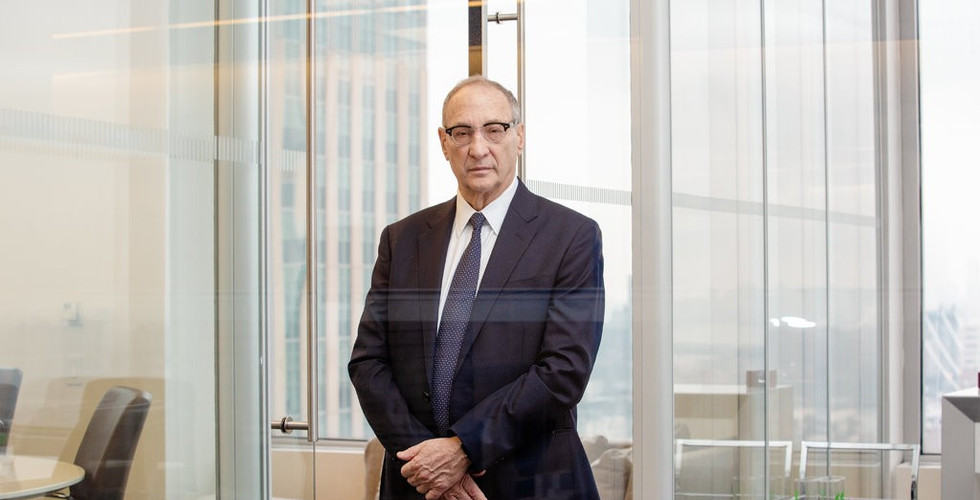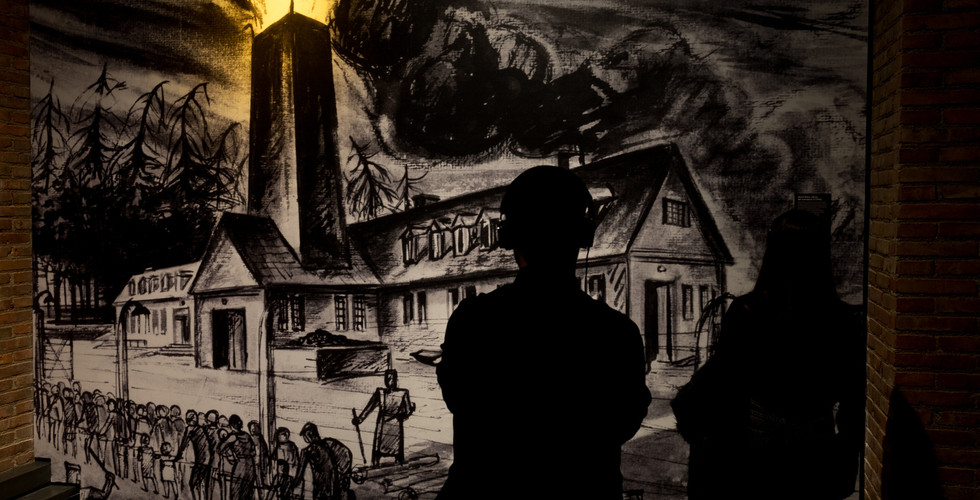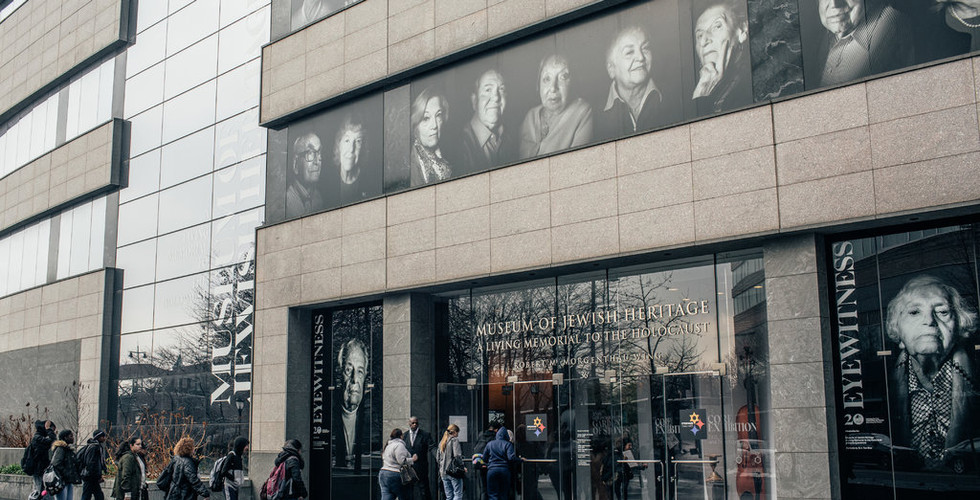The Terror of Auschwitz at a Museum in New York
- Alessandro Berni

- Feb 6, 2019
- 3 min read
Updated: Aug 31, 2023
The Auschwitz concentration camp was a complex of over 40 concentration and extermination camps built and operated by Nazi Germany in occupied Poland during World War II and the Holocaust.
Auschwitz, also known as Auschwitz-Birkenau, opened in 1940 and was the largest of the Nazi concentration and death camps. Located in southern Poland, Auschwitz initially served as a detention center for political prisoners. However, it evolved into a network of camps where Jewish people and other perceived enemies of the Nazi state were exterminated, often in gas chambers, or used as slave labor. Some prisoners were also subjected to barbaric medical experiments led by Josef Mengele. During World War II, more than 1 million people, by some accounts, lost their lives at Auschwitz. In January 1945, with the Soviet army approaching, Nazi officials ordered the camp abandoned and sent an estimated 60,000 prisoners on a forced march to other locations. When the Soviets entered Auschwitz, they found thousands of emaciated detainees and piles of corpses left behind.
Nazi Germany is the common English name for Germany between 1933 and 1945, when Adolf Hitler and his Nazi Party controlled the country through a dictatorship. Under Hitler's rule, Germany was transformed into a totalitarian state that controlled nearly all aspects of life via the Gleichschaltung legal process.
The Nazis used to transport people like cattle boxcar of kind. The barracks where they slept jammed into narrow bunks. The posts from fences that caged them in. A canister once filled with the poison gas pellets that sealed their fate.
The huge exhibition of the artifacts from Auschwitz coming to New York as part of a larger plan to refocus the museum of Jewish heritage, putting a greater emphasis on the holocausts
With these artifacts and 700 others, the Museum of Jewish Heritage is set to bring Auschwitz to New York this spring, a major undertaking that will mean ripping out the museum’s permanent collection for an exhibition designed to provide a vivid sense of the Nazi death camp where 1.1 million people were killed, a million of them Jews.
The exhibition, titled “Auschwitz. Not Long Ago. Not Far Away,” is aimed at refocusing the heritage museum into one that will delve more deeply into the Holocaust at a time when Jewish leaders say anti-Semitism and other hatreds are growing and the memory of and witnesses to what happened to six million Jews and other victimized minorities three-quarters of a century ago are fading away.
Robert Jan van Pelt, chief curator of the exhibition, said he was particularly moved by the sea of buttons found in excavations, mute evidence of the deaths, and lives, of so many.
“This exhibit reminds them, and it reminds all of us, where anti-Semitism ultimately leads” said Ronald Lauder, the philanthropist who helped raise $110 million to preserve Auschwitz. “And the world should never go there again.”
Heritage Museum officials said they anticipate spending $8.5 million on the project, split between the cost of installing the exhibition and the cost of other building improvements that are timed to coincide with it.
Arnost Levit made this engagement ring out of tin and inscribed it “Arno, 13-6 1942.” He did not survive Auschwitz, but his fiancée, Zdenka Fantlova, did and her ring became a powerful symbol of love and perseverance.
The museum chairman Bruce Ratner said that the timing of the exhibition is important because it coincides with increased sign of anti-Semitism, he also said that the museum will focus more explicitly on the holocausts its perpetrators as well as its victims and the board is considering a change of name to reflect that we Believe that this is the beginning of changing people’s perception of the museum.














Comments